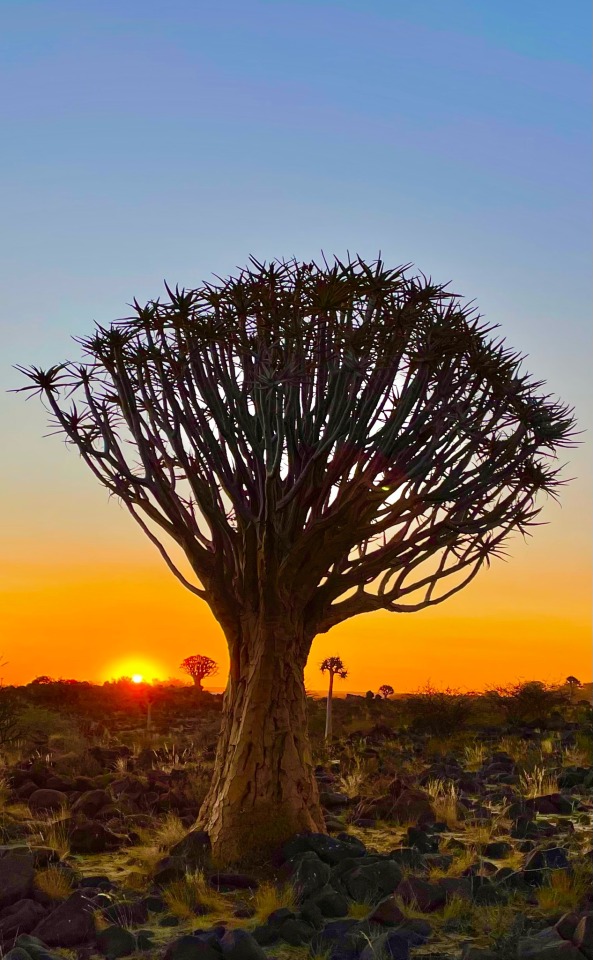#kokerboom
Text



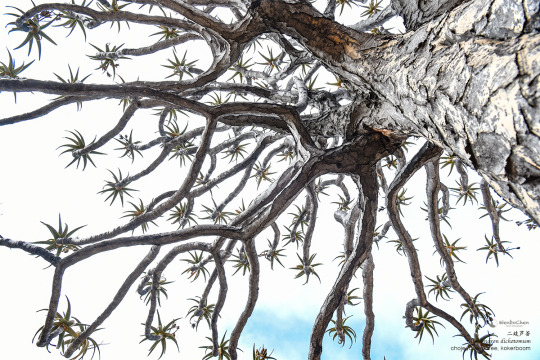
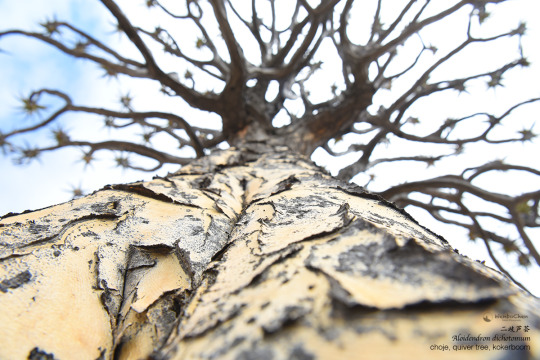
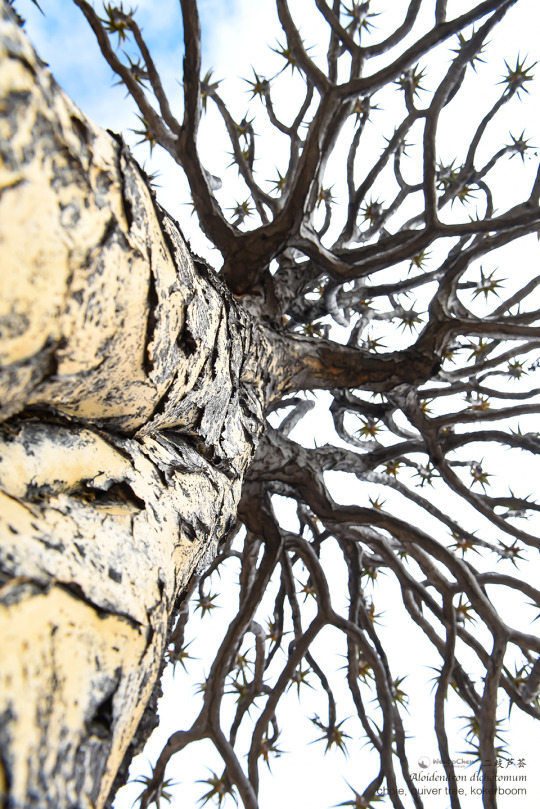
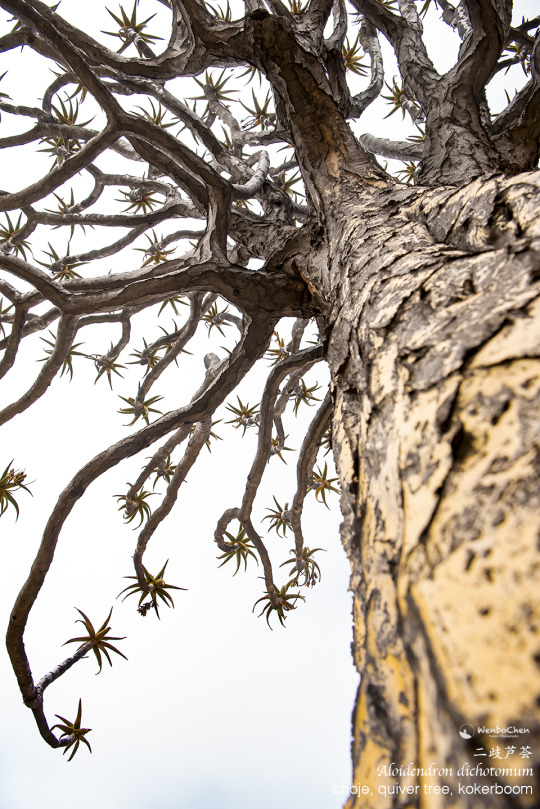
Viewing the quiver tree from a different angle. Orbicule Hill, Northern Cape South Africa.
#floraofsouthafrica#southafricanplant#choje#kokerboom#quivertree#Aloedichotoma#Aloidendrondichotomum#南非植物#二歧芦荟
13 notes
·
View notes
Text
Busty teen babes first lesbian strapon fuck experience
Victoria June Her Naughty Guest on Her Juicy Pussy and Tits
College girl sex video
Linda flaka mostrando las nalgas
Hottest nude emo boy gay We have another great pairing with the
Big Busted Cherry Blush BTS Photo Shoot
Petite amateur loves the way I pound her fuck hole
Emylia Argan footworshipped
Mei Fucked in Standing Overwatch (Animation W/Sound)
Small tits ladyboy gets her anal screwed
#midwifery#CDR#well-sketched#Penney#urbanologist#cypriotes#Kinnard#stargazes#nonfloating#rotom#nudnicks#kokerboom#casbahs#bodysuits#blue-tinted#phonetical#ungulous#tighter#paar#Ecclus.
0 notes
Video
youtube
360 Augrabies Falls National Park - Northern Cape , South Africa VR Wild...
#youtube#wine aerial view photography 360 photo Green Kalahari Kokerboom route Cellars Quiver Tree Forest 2024 Augrabies Falls National Park Waterfal
0 notes
Text
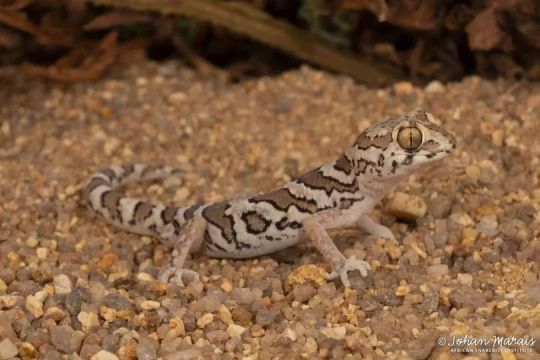
Large-scaled Banded Gecko (Pachydactylus macrolepis), family Gekkonidae, Kokerboom Biological Station, Namaqualand, South Africa
photograph by Johan Marais
125 notes
·
View notes
Text

Kokerboom Tree in S. Africa Under a Milky Way Arch - by Jeremy Tucker
Sky: 5 x 20 second exposures (5 image stack) @ f/1.4 ISO 2500
Foreground: 5 x 180 second exposures @ f/1.4 ISO 3200 Lens
Sigma 20mm f/1.4 prime
Camera: Nikon D780
#under the milky way#celestial enrichment#under starry skies#celestial ceiling#constellations#celestial odyssey#night sky#milky way#night photography#starry night#starry skies#under the heavens#under the starry skies#the celestial odyssey#starry sky#moon#stars#long exposure#stellar odyssey#stellar enrichment
1 note
·
View note
Text
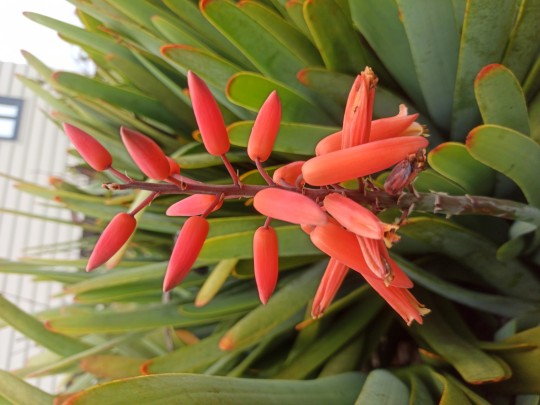

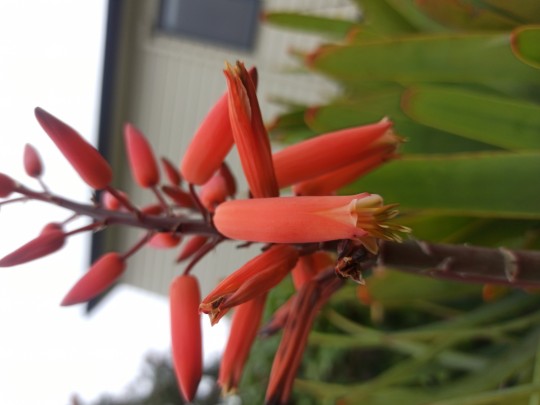
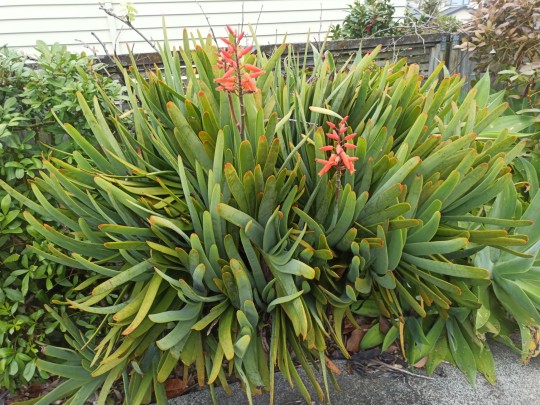
Kumara plicatilis, formerly Aloe plicatilis, the fan-aloe, is a succulent plant endemic to a few mountains in the Fynbos ecoregion, of the Western Cape in South Africa. It may grow as a large multistemmed shrub or as a small tree. It is one of the two species in the genus Kumara. the other being Kumara haemanthifolia (= Aloe haemanthifolia) which occurs on high mountain peaks in the Hottentots Holland Mountains to Cold Bokkeveld Mountains.
Order:Asparagales
Family:Asphodelaceae
Subfamily:Asphodeloideae
Tribe:Aloeae
Genus:Kumara
Its Latin scientific name plicatilis also means "folded" or "pleated", or possibly "foldable"; it is in any case a misnomer because the leaves are nothing like plicate and do not fold. In the local Afrikaans language, Kumara plicatilis is commonly known as the waaier aalwyn (= 'fan aloe'). It is also called the kaapse kokerboom (= 'Cape quivertree') because of its resemblance to Aloidendron dichotomum. The stems are forked with clusters of strap-shaped leaves arranged in 2 opposite rows. The clusters resemble an open fan, hence the common name fan aloe. This unusual arrangement and shape of the leaves is what makes this species unique.
In the wild, Kumara plicatilis is confined to a tiny area in the Western Cape, between the town of Franschhoek and Elandskloof.
immunity. It is also used for diabetes treatment.
Ало́э скла́дчатое — деревянистое или кустарниковое растение, р��да Kumara семейства Асфоделовые; до недавнего времени вид входил в род Алоэ.
22 Northcross Drive, Oteha, Auckland 0632 7PJC+HCQ Auckland
-36.7185310, 174.7211060
наземные растения, суккуленты, вечнозелёные деревья, тропические кустарники, эндемики



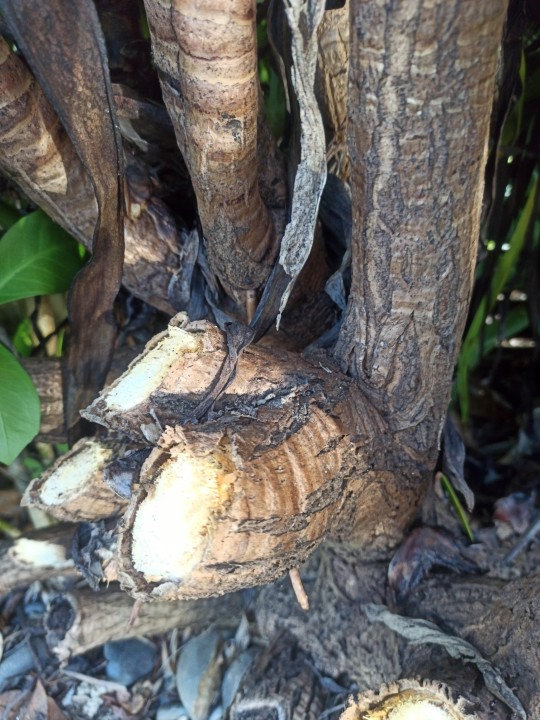

0 notes
Text
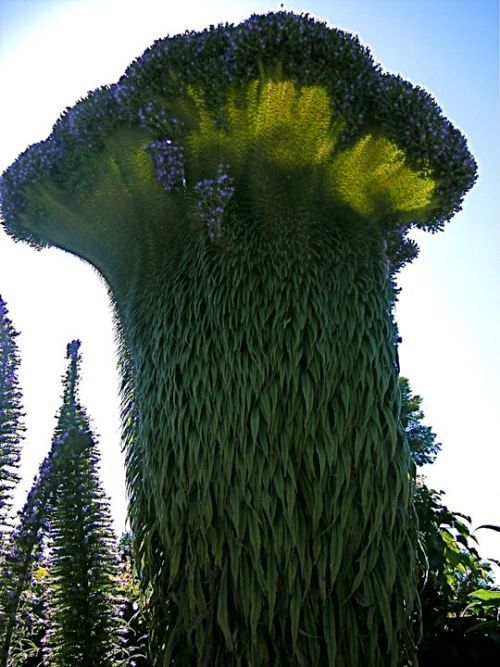
Arbres, cactus étranges trouvés sur Pinterest.com
Weird trees, cactus found on Pinterest.com
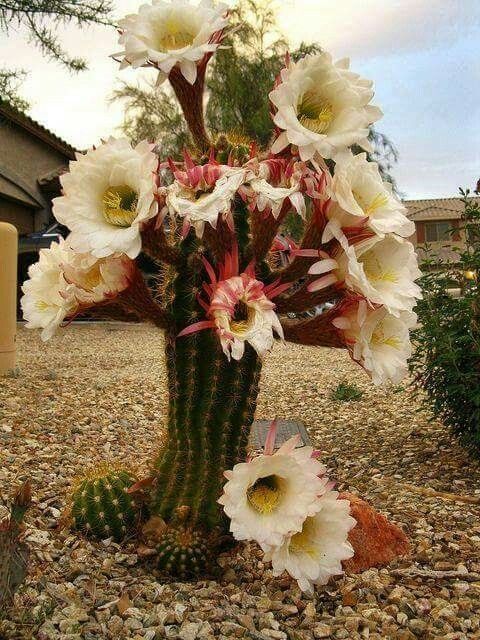
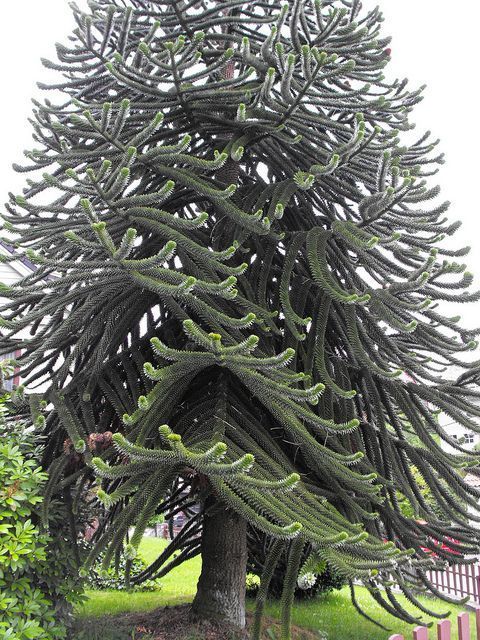
Aloe dichotoma, tulec Tree , Kokerboom.
0 notes
Text
The Magnificent Quiver Tree
The Magnificent Quiver Tree
Fine-Art Landscape Prints
Gallery-Quality Art
"“Because of its sculptural form, the Quiver Tree is one of the most spectacular aloe species found in Southern Africa”"
Aloe dichotoma is a species of aloe native to Southern Africa. It is also known as The Quiver tree or Kokerboom.
The name, Quiver tree, refers to the San people’s (Oldest African Tribe in Southern Africa) use of its hollowed branches to make quivers for their arrows. The quiver tree is a very large species of aloe and can be only found only in southern Africa. The tree is found in the very dry habitats in Namibia and South Africa . The quiver tree is a large species of aloe that can only be found in southern Africa. The tree is found in Namibia and South Africa in very dry habitats.
The Quiver tree's thick succulent leaves grow in a rosette up to 6 meters tall to escape the worst of the devastating heat. To keep cool, the branches are thickly coated in a fine white powder that reflects the sun's heat rather than absorbing it. The soft fibrous tissue trunk of the aloe tree can sore great quantities of water allowing it to survive the frequent droughts and extreme heat. The giant quiver tree is the most endangered of South Africa's three quiver tree species. It is found in a narrow band, with its southernmost range well above the Tropic of Capricorn. Their numbers have steadily declined as a result of plant collectors and climatic conditions that have hampered seedling growth.
AVAILABLE AS FINE-ART PRINTS
DELIVERY WORLDWIDE
ORDER HERE
Author Peter Delaney
0 notes
Text
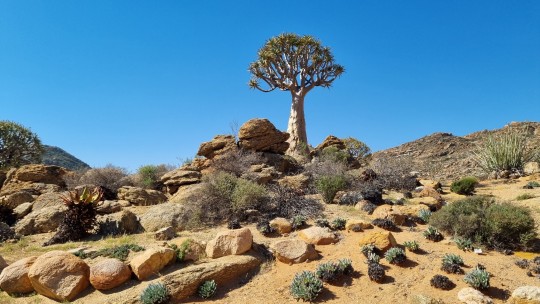
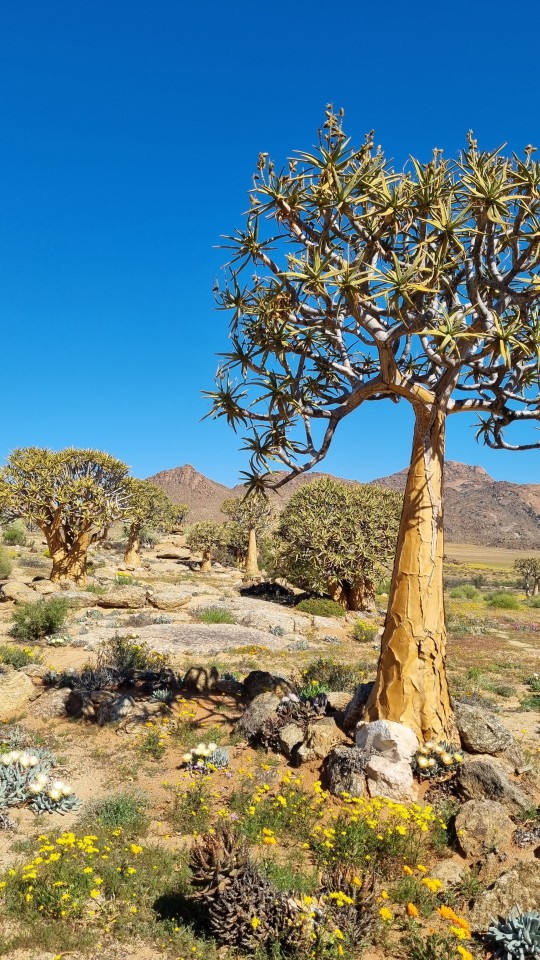
3 notes
·
View notes
Video
youtube





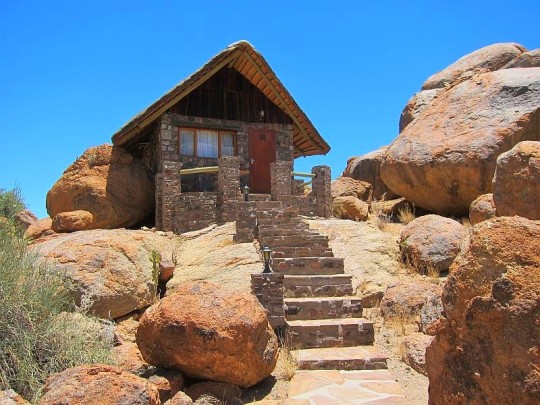



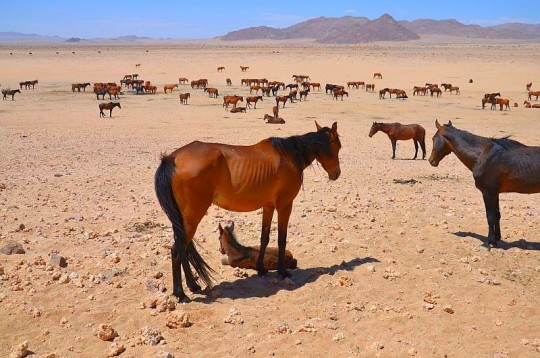






#Quivertree#kalahari game lodge#kalahari#köcherbaum#kokerboom#canyon lodge#oranje#Oranje river#Wildpferde#wild horses#namib desert#namib#namib horses#Kolmannskuppe#kolmanskop#D 707#Tiras Berge#tiras mountains#Sossusvlei Lodge#sesriem#versteinerte Dünen#petrified dunes#Namibia#Afrika#africa
1 note
·
View note
Video
a #kokerboom / #quivertree / #köcherbaum at quivertree forest - really #funky #trees out here ... so far that‘s my favourit spot in #namibia ... but it‘s just the second ... tonight i‘ll try to catch the milkyway - fingers crossed ;) (hier: Quivertree Forest and Giant's Playground) https://www.instagram.com/p/B1o2FG8BlqV/?igshid=gbu0hdvlbyx6
1 note
·
View note
Photo
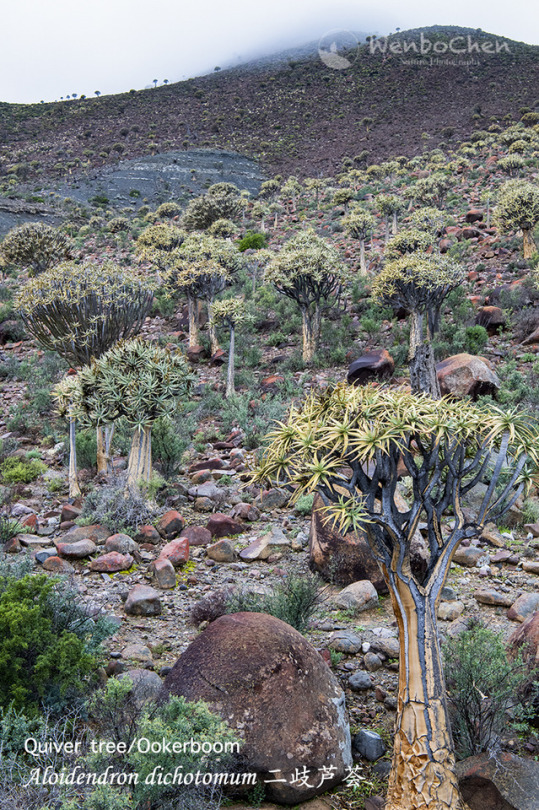
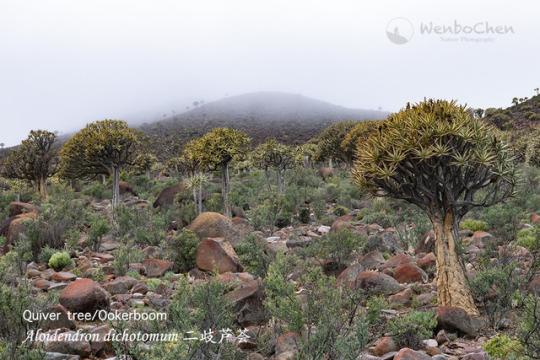
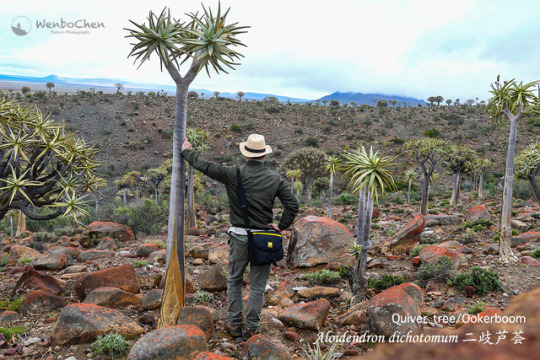
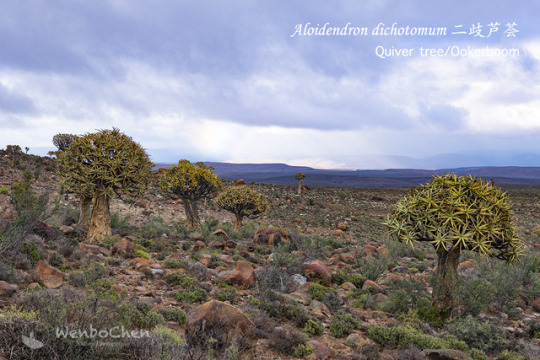
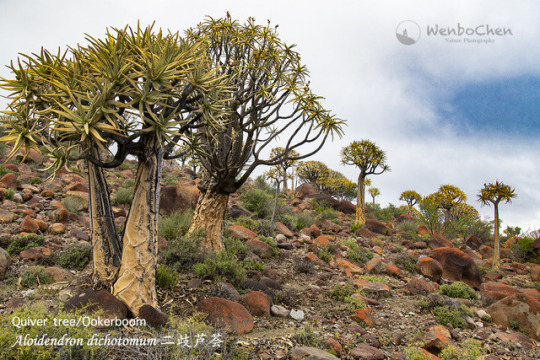
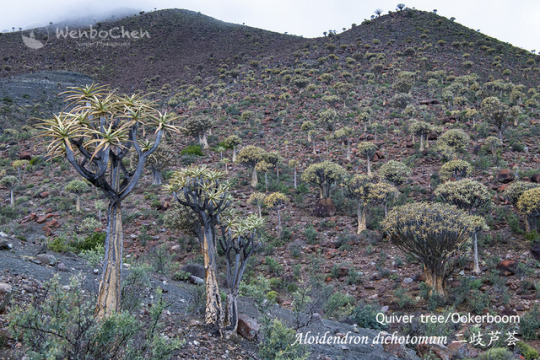
In a rainy morning, I finally found my dream forest. (North of Nieuwouldtville South Africa, 02 Sep 2018) #quivertree #kokerboom #Aloidendron #SouthAfricanPlant #NorthernCape #二歧芦荟
34 notes
·
View notes
Text

Paradise Toad (Vandijkophrynus robinsoni), family Bufonidae, Kokerboom Biological Research Station, Namaqualand, South Africa
photograph by Johan Marais - World of Reptiles
130 notes
·
View notes
Photo
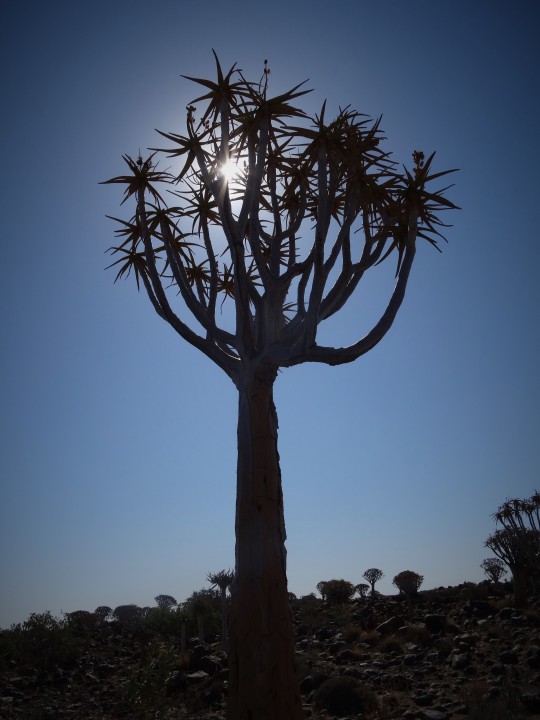

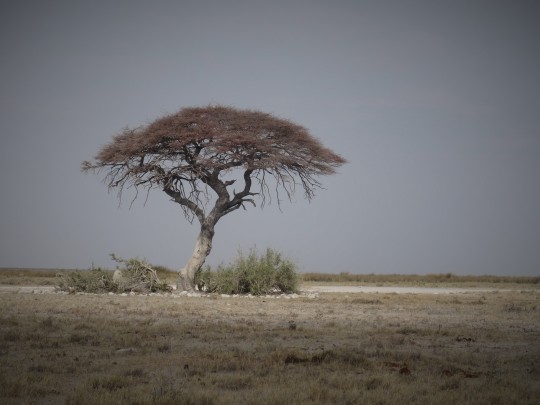

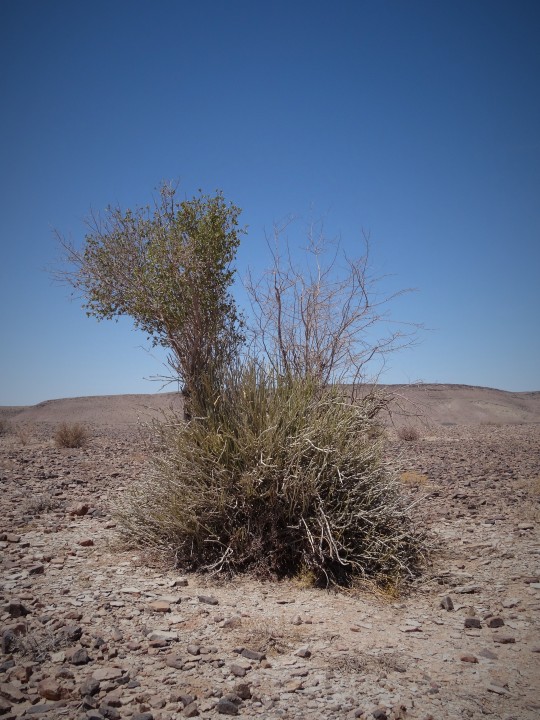
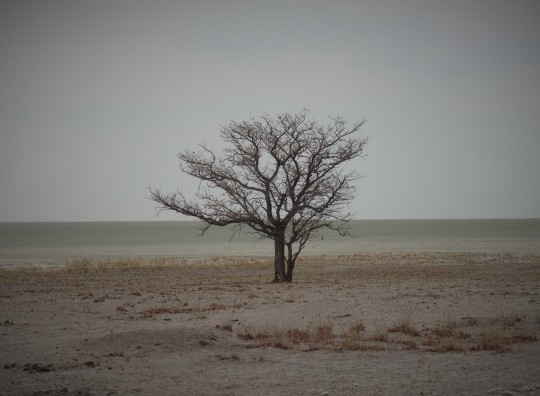

TREES
NAMIBIA - AFRICA
Oct. 2019
1 note
·
View note
Video
quiver tree par Monique van der Lint
Via Flickr :
but it's not really a tree
0 notes
